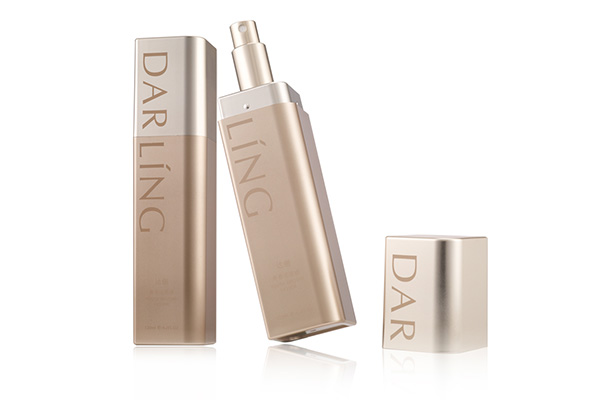Plastic bottles are usually made of PP, PE, K material, AS, abs, acrylic, PET, etc. Usually used for cream bottles, caps, stoppers, gaskets, pump heads, and dust covers with thicker walls of cosmetic containers are injection molding; PET blow molding is two-step molding, tube embryo is injection molding, and the finished packaging is blow molding . Others, such as emulsion bottles and washing bottles with thin container walls, are blown bottles. PET material PET material is an environmentally friendly material with high barrier properties, light weight, non-breaking characteristics, chemical resistance, and strong transparency. It can be made into pearlescent, colored, magnetic white, and transparent, and it is widely used in gel water.

Plastics are used more frequently in cosmetic packaging, with a proportion as high as 80%; glass comes next, accounting for only 8%. And using more does not mean that plastic is more suitable for filling skin care products. The main reason is the high degree of variability of plastics, all sizes, shapes, colors, transparent and opaque can be done. Light weight, easy transportation, good printability, and recyclability are all reasons why plastic containers for cosmetics are more selected.
The fate of plastics is heat resistance, insufficient light barrier properties, and poor solvent resistance (especially greases). Therefore, the first bottleneck of plastic containers is that they cannot be sterilized by high temperature steam, cannot be washed with water, and cannot be sterilized by light. In addition, considering the stability of the contents, some care products are not suitable for packing in plastic containers.
Compared with plastic, cosmetic packaging made of glass has heat resistance, light resistance, and solvent resistance. Therefore, unless it is low-quality glass, glass containers are more suitable for home care products.